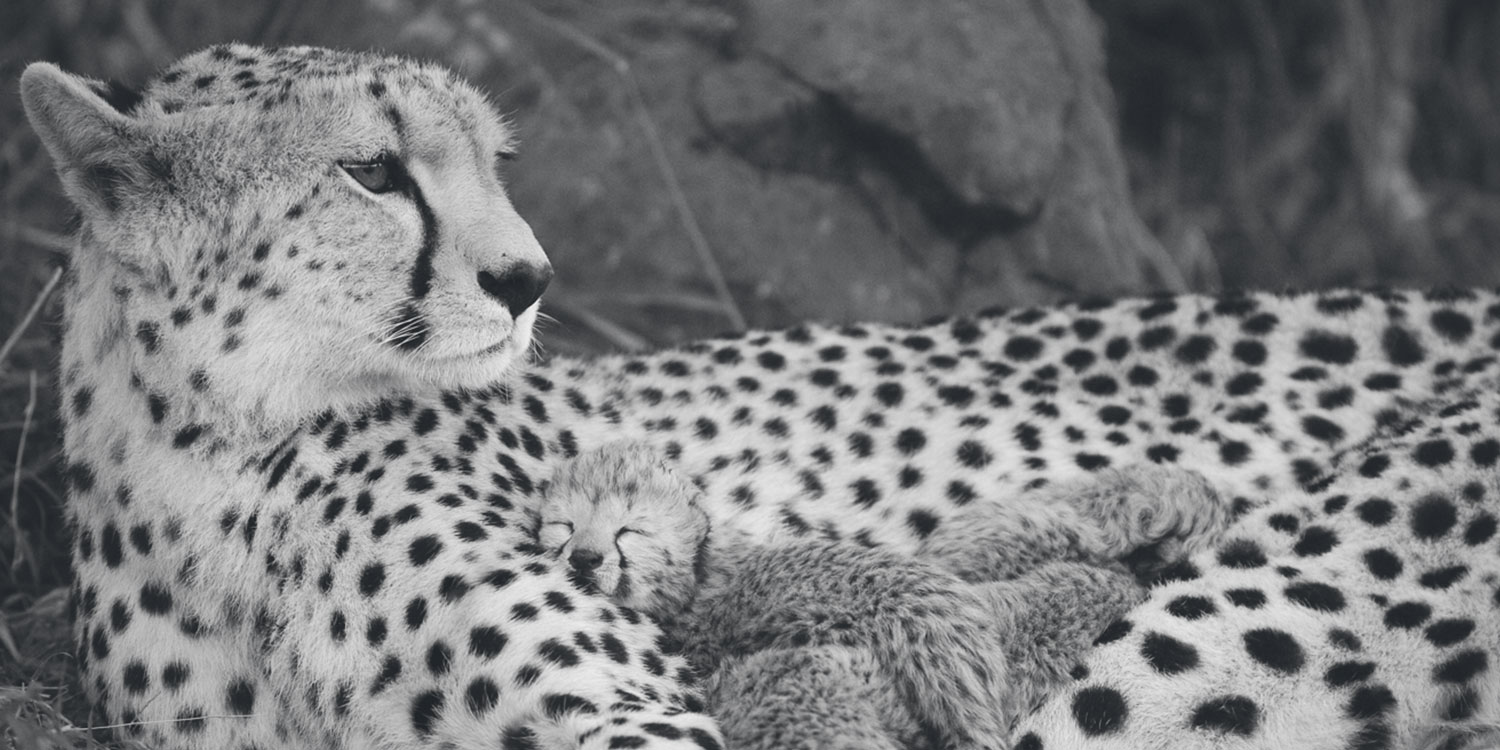Combining detection dogs and camera traps improves minimally invasive population monitoring for the cheetah, an elusive and rare large carnivore
- December 5, 2024
- by Verschueren S., Hofmann T., Schmidt-Küntzel A., Kakove M., Munyandi B., Bauer H., Balkenhol N., Leirs H., Neumann S., Cristescu B., Marker L. L.
Abstract
- Monitoring large carnivores is imperative for conservation planning, but is difficult due to their elusive behaviour and natural rarity. Some carnivores such as the cheetah (Acinonyx jubatus) are particularly wide ranging and often go undetected despite being present, or are detected at rates too low to make meaningful quantitative inferences. The combination of minimally invasive survey techniques, such as detection dog surveys and camera traps, holds promise for improving
monitoring efforts of large carnivores. - We surveyed a cheetah population within the Acacia savanna biome of central east Namibia, employing various search strategies and camera trap configurations. We analysed detection data in an occupancy framework and estimated the effort required to confirm cheetah presence with 95% certainty.
- We found that sign surveys required intensive field effort when walked as road transects, but detections of scat by the detection dogs were twice that of tracks (5/100 and 2.5/100 km, respectively, 7.5/100 km combined). Vehicular searches to identify cheetah marking sites appear to be an efficient alternative or complementary approach (3.8/100 km), if a road network is available and marking sites are visually distinguishable. The detection probability (p) of cheetahs with one camera trap station per sampling unit placed at roads was low (p = 0.167), but increased for camera traps placed at marking sites that were identified through the detection dog survey (p = 0.244), and in particular when multiple camera trap stations were placed per sampling unit and detections were pooled across stations(p = 0.348–0.750). The minimum survey effort required to reliably detect cheetahs in each 256 km2 sampling unit was estimated to be 45 km or 10 h of walking, 123 km or 5 h of driving or 150 nights of camera trapping.
- Practical implications. We showed that complementing detection dog surveys with camera trapping can comprehensively and efficiently inform occurrence patterns for an exceptionally wide-ranging terrestrial carnivore. Our findings provide practical guidance for designing effective minimally invasive monitoring programmes, which are important for empirically deriving distribution maps of cheetahs and other carnivores in data-poor regions.

